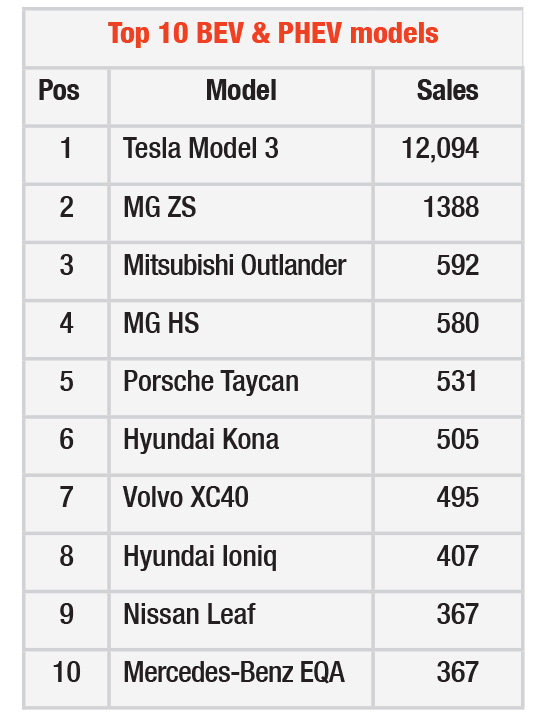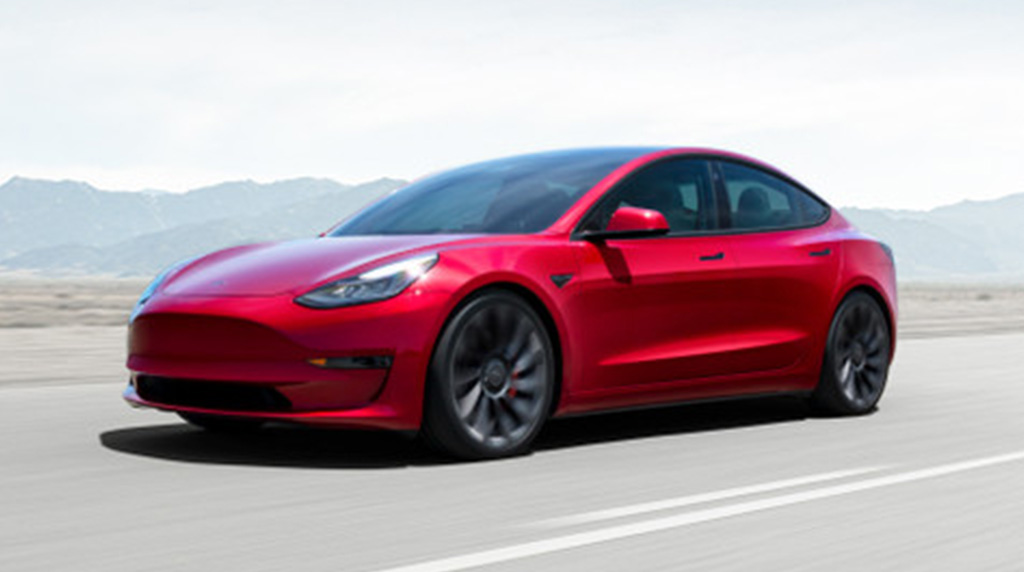The Electric Vehicle Council, which is the only body outside of Tesla to have access to its sales data, said 2020 sales figures were mistakenly added to 2021 figures and used to claim Tesla sold 15,054 cars last year.
In fact, in 2021, it sold 12,094 cars.
Sales of the Tesla Model 3 – the only Tesla on sale in Australia after the end of the S and X models – are the biggest of any pure battery EV, ahead of the MG ZS at 1388 sales, Porsche Taycan at 531 and Hyundai Kona with 505 buyers in 2021.
Total EV sales in 2021, including the plug-in hybrid electric vehicles such as the Mitsubishi Outlander (592 sales), were 20,665 units representing 2.74 per cent of the year’s total passenger car and SUV sales.
Meanwhile, Tesla has announced it is delaying new model launches on the back of delays sourcing semiconductors.
It said that the Cybertruck ute will be delayed by another 12 months. It previously said that the Cybertruck would go on sale in 2021.
It has also delayed development of a smaller EV car that is proposed to enter the US market at $US25,000 ($A35,500).
The chip issue led to Tesla CEO Elon Musk stating that plans to produce 50 per cent more vehicles in 2022 compared with 2021 would now not happen.
Mr Musk said that if his company started building new model vehicles in 2022, fewer vehicles would be delivered “because company attention and resources would be diverted to the new model.”
In addition to the Cybertruck and small EV, development work and manufacturing tooling for the semi truck and a roadster was going ahead and are expected to be in production in 2023. Tesla started production of the Model Y late last year.
The company is looking to build additional factories and will announce locations later this year.
Tesla earlier reported record fourth-quarter and full-year profits. Net income was $US5.5 billion ($A7.8b), up from the previous year’s $US3.5 billion ($A5b), as the company delivered 936,000 vehicles – almost twice that of 2020.
For the fourth quarter of 2021, it made $US2.32 billion ($A3.3b) on revenue of $US17.72 billion ($A25.1b) – also record numbers for the company.
Meanwhile, back home, EVC chief executive Behyad Jafari said the boost in EV sales in Australia was being driven by positive policy change at a state level and that momentum could now be built upon.
“The penny has now well and truly dropped on how good electric vehicles are. Most people in the car market will now be considering an electric option. The role of government is to help them make the jump,” he said.
“Governments that take the path of encouragement will capture myriad societal benefits – cleaner air, reduced respiratory illness, smaller carbon footprint, quieter roads. Those that lag will make themselves a dumping ground for old tech, dirty vehicles.
“It’s great that some state governments have received the global message, but at a national level we’re stuck in the past.
“We desperately need the federal government to introduce Australian EV rebates alongside fuel efficiency standards, just like other developed nations. If we get these changes, you’ll see sales figures really rocket ahead.
“As a wealthy, car-loving, early-adapting nation, Australia should be an electric vehicle leader. If we were, we could restart a thriving manufacturing industry supporting thousands of quality jobs. But we need to build rapidly on this current momentum.
“After so many wasted years, Australia’s a long way back from the pack, but then again the cool thing about electric cars is how quickly they move from zero to a hundred,” he concluded.
By Neil Dowling















 Read More: Related articles
Read More: Related articles

